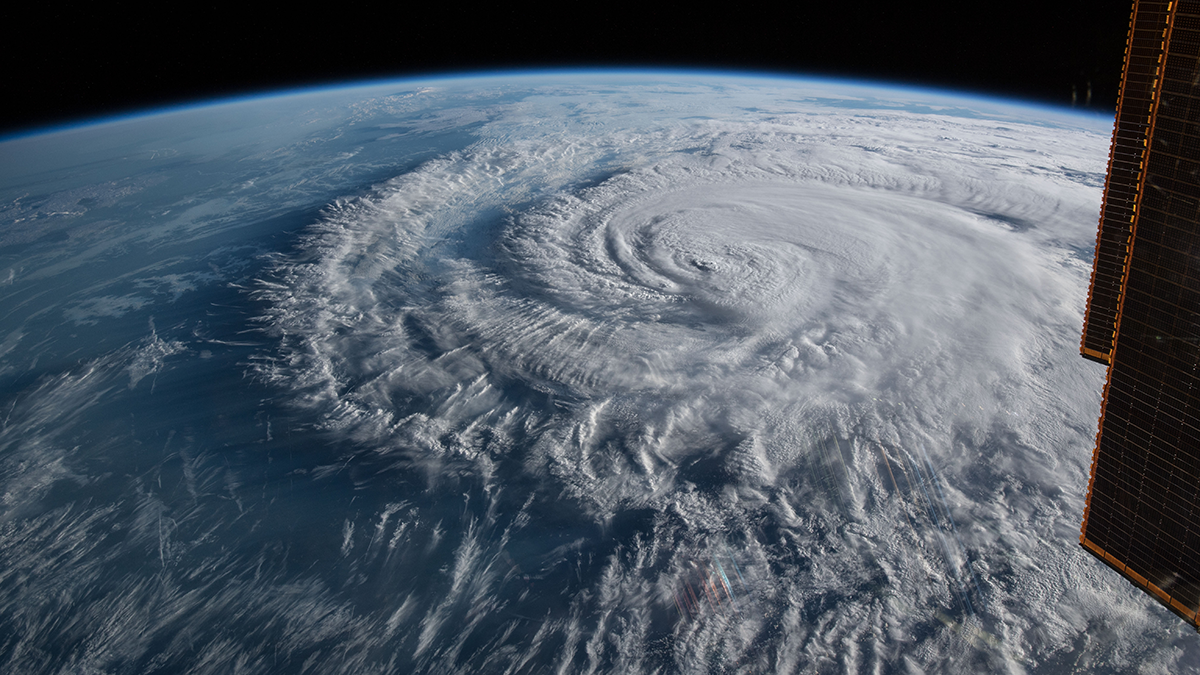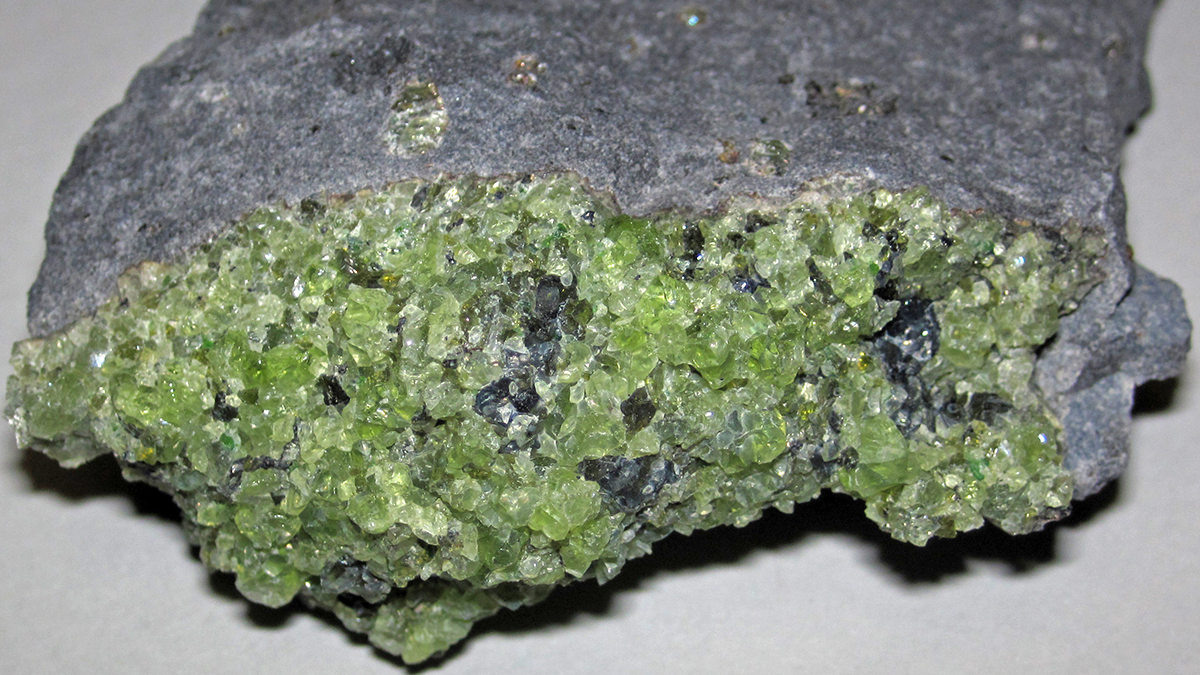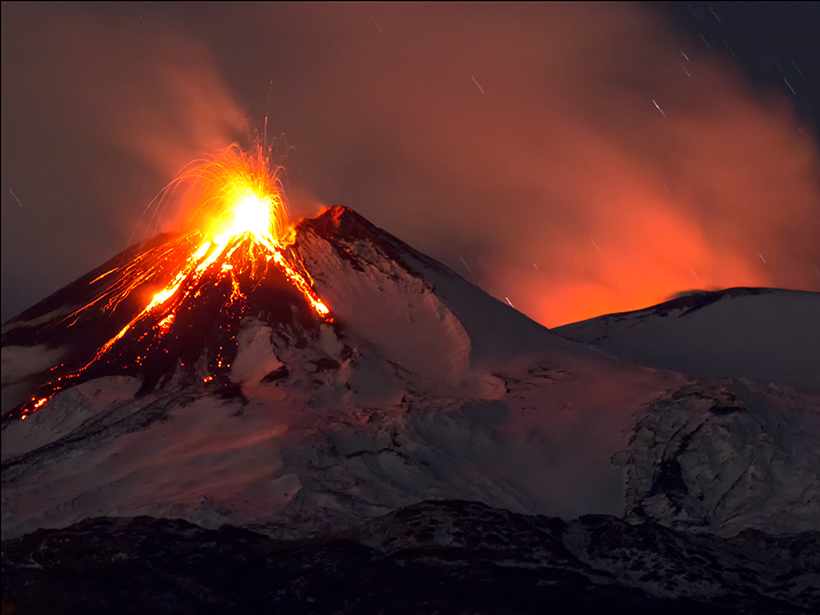A new study investigates iron’s form at the planet’s interior. The findings have repercussions for understanding the inner core’s structure.
pressure
Deep-Sea Pressure Crushes Carbon Cycling
The extreme pressure in the deep sea stifles microbes’ appetite for organic carbon. This finding could have important implications for carbon budgets and geoengineering.
What is the Best Predictor of Landfalling Hurricane Damage?
A new study finds that the minimum sea level pressure, as another measure of hurricane strength, is a better predictor of hurricane damage in the United States than the maximum sustained wind speed.
Good News: Rocks Crack Under Pressure from Mineral CO2 Storage
When carbon mineralizes in stone, each new fracture exposes more surfaces that can react with and trap CO2, enhancing a rock’s storage capacity.
Etna Under Pressure: Does Gas Buildup Foreshadow Eruption?
Pressure from both magma and gas can trigger eruptions. Monitoring degassing can help predict eruptions but only if the magma system is well understood first.
El Monte Everest a veces puede sentirse más bajo que el K2
Las variaciones de la presión atmosférica en la cima del Everest afectan a la disponibilidad de oxígeno, modificando la percepción de la elevación de la cumbre unos cientos de metros.
Mount Everest Can Sometimes Feel Lower Than K2
Variations in air pressure on the top of Mount Everest affect oxygen availability, changing the perceived elevation of the summit by hundreds of meters.
Capturing Heat-Driven Atmospheric Tides on Mars
Spacecraft observations and model simulations provide new insights into tidal patterns that transport momentum and energy into the planet’s upper atmosphere.
A Dive into the Deep Earth
In July, Eos looks at the incredible capabilities scientists have developed to recreate the enormous pressures and temperatures that exist far below the planet’s surface.
Earth’s Core Is in the Hot Seat
How old is Earth’s inner core? High-pressure and high-temperature experiments suggest that our planet’s inner furnace may be much younger than expected.










